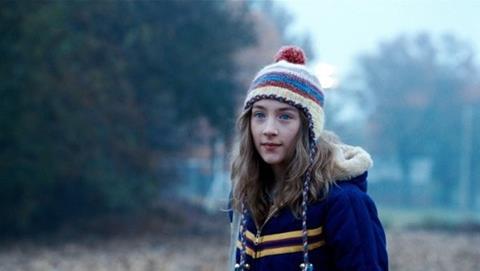
It was always going to be a risk for Peter Jackson to make a film of a novel as beloved as Alice Sebold’s 2003 classic The Lovely Bones.
“There is no such thing as a perfect movie. There is no perfect screenplay and there is certainly no perfect adaptation,” says Jackson, who co-wrote the screenplay for the film with his regular collaborators Fran Walsh and Philippa Boyens. “If you are adapting a novel, the book is the masterwork. The masterwork of The Lovely Bones is Sebold’s novel and it always will be. That’s the perfect way in which that story was told.
“The film,” he continues, “can’t be anything other than our interpretation of that book. We weren’t attempting to make a perfect adaptation of anything. We’re simply saying that the book affected us emotionally, we were really interested in a lot of the themes and the provocative way in which certain questions about life after death were put to the reader. And this is our response to that.”
One of the biggest challenges for Jackson was to create the afterlife for the lead character Susie Salmon, a 14-year-old girl raped and murdered in the first 20 minutes who then watches from a place she calls “the in-between” as her family tries to come to terms with her loss.
“We didn’t regard that as being a physical place,” says Jackson. “The way we figured it out, and we had to map it out in the script, is that when Susie dies, she has a life force that leaves her body and so in the film we are experiencing her in a dreamlike state of unconsciousness. What she sees and experiences is what her lifeforce is imagining in some form of subsconscious dreamlike state.”
Jackson said that, once he had settled on that interpretation, he felt able to use metaphor in those sequences, and that he, Walsh and Boyens spent timeresearching dream analysis and interpretation.
“We wanted to give ourselves ideas in the script for what we were going to show,” he explains. “So people say that when you dream of a house, it’s not really ahouse but a person, so the house she sees represents [her murderer] Mr Harvey. Similarly lighthouses in dreams represent death and so there is a lighthouse on top of the house. The flower represents Susie’s life.
“You’re not meant to understand all this stuff,” he smiles, “it’s just there to give people an impression, like in the best surreal art. But we needed to understand it to write the script.”
Mike Goodridge


















No comments yet